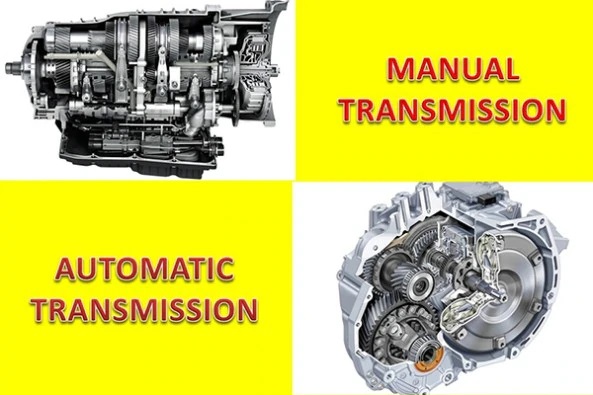Renault’s Kwid is one of those rare cars that have managed to give India’s largest selling car – the Maruti Alto – sleepless nights. A lot of factors have gone into making it the success story that it’s become – that SUVesque design, a spacious interior, a long features list, and most importantly, that coveted touchscreen infotainment system and low running costs.
The car did have a few shortcomings, most notably, an unexciting engine that also wasn’t very refined either. For those who wanted a peppier, sprightlier hatchback, Renault introduced a punchy 68hp 1.0-litre on the Kwid, and, more recently, gave this version of its little car the option of an affordable AMT gearbox. It time to find out how these variants of the Kwid are better to drive.
Let’s start with the new 1.0-litre engine. What you will notice the moment you start it up is that it’s smoother than the smaller 0.8-litre unit. It’s more refined and the vibrations typical to a three-cylinder engine are a lot lower here than in the less powerful version.
The engine cranks out 68hp, which is a healthy bump over the standard Kwid’s output of 54hp. It’s also got more pulling power and, while there’s a 40kg increase in overall weight, performance is a clear step-up from the smaller car. The extra weight is because of the reinforcements on the car to make it safer; the car now scores a one-star rating on the Global NCAP crash tests, which makes it one of the safest cars in its class. The upgrades to the Kwid 1.0’s body have also trickled down into the 0.8-litre variants.
When it comes to performance improvements, the Kwid 1.0 is over 3.0sec quicker than its 0.8-litre sibling and does 0-100kph in 13.85sec. It is also quicker overall during everyday driving.
The motor too is a lot smoother and more responsive. However, it still feels a little jerky when you get off the throttle suddenly, this is because it sharply cuts the fuel delivery to improve mileage. But, you only experience this hesitation in lower gears.
What’s also nice is that, thanks to the extra pulling power, there’s a lesser need to change gears. This allows you to even pull from really low revs.
The AMT gearbox too functions quite smoothly for everyday use. It does have a few weaknesses though, most notably the lack of creep function, and the fact that you cannot manually select/change gears. Also, the automatic version feels a bit hesitant when you want to make a quick overtake on say, highway stretches, or even tight city spaces. That said, however, it is still one of the nicer AMT units on sale in India.
So yes, the punchier 1.0-litre engine and the AMT gearbox have made the Kwid a lot better to drive. It isn’t perfect though – refinement could still be better, a smoother-functioning automatic would be welcome too, but as before, the Kwid still remains a car that offers a lot of appeal for the asking price. It’s stylish, practical, well-equipped and feels like a bigger car than it actually is. To top it off, the extra performance and convenience doesn’t come at too much of a premium over the 0.8-litre versions either, which in turn makes the Kwid 1.0 an even more compelling entry-level hatchback.










